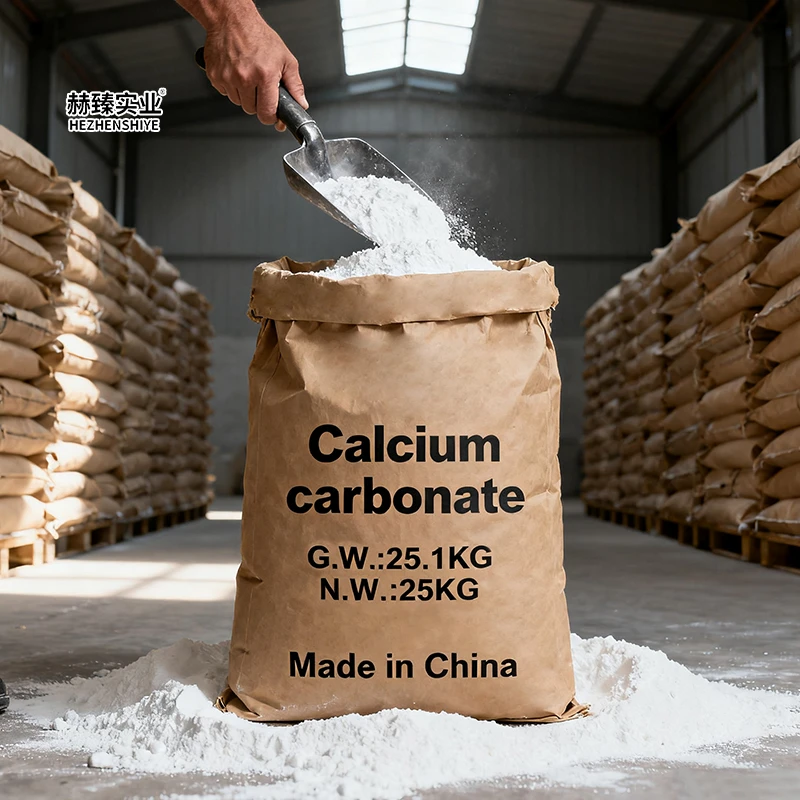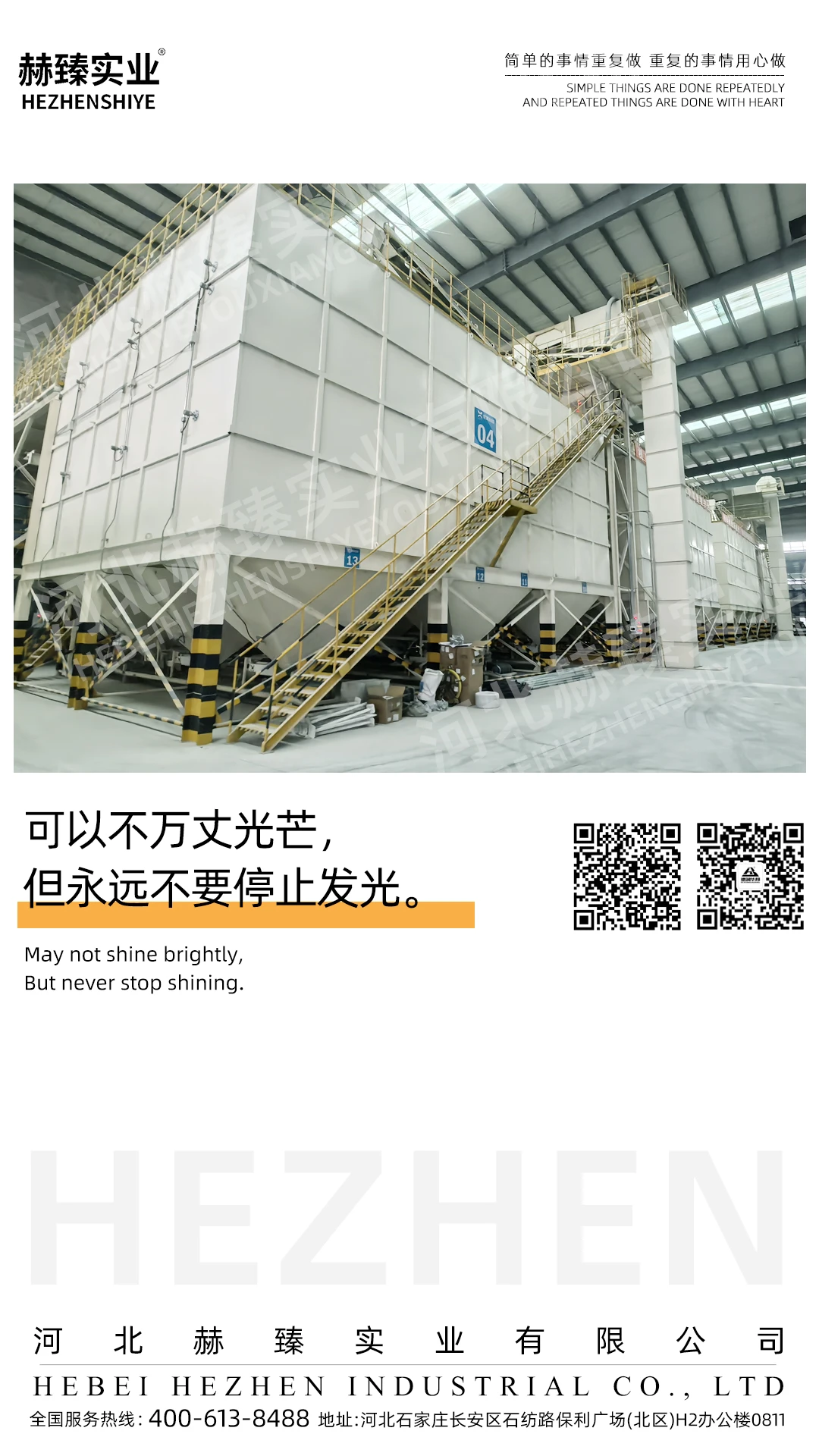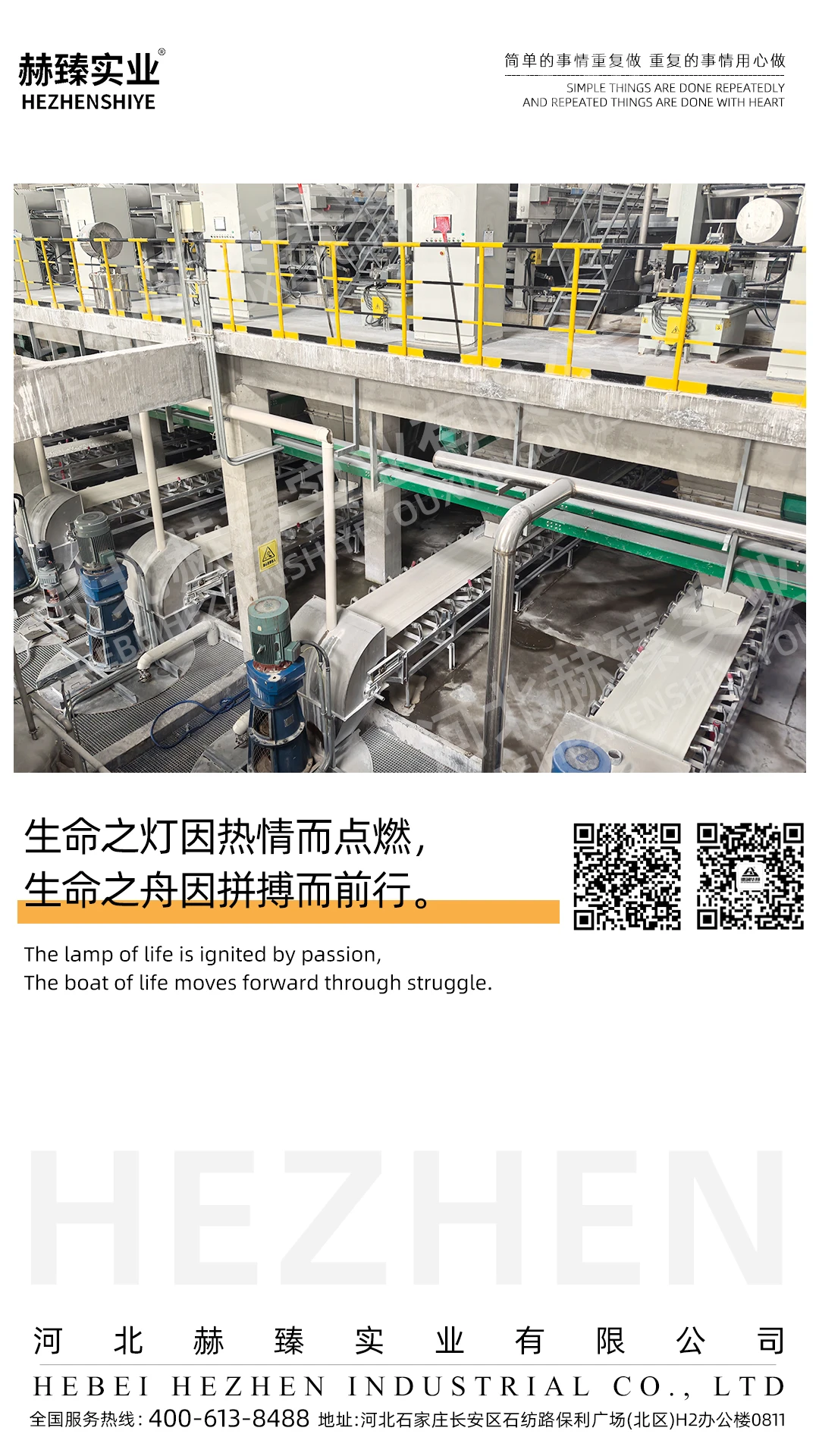High Abrasion Furnace Carbon Black for High Performance Tire Treads Enhancing Durability and Fuel Efficiency
The global tire industry is in a constant state of flux, driven by the imperative to comply with increasingly stringent environmental regulations, elevate vehicle safety standards, and enhance the overall driving experience. At the heart of developing high-performance tires lies the meticulous selection of advanced reinforcing agents, and high abrasion furnace black (HAF) has emerged as an indispensable component in tire tread formulations. Unlike other carbon black grades, HAF offers a unique synergy of properties, including high tensile strength, exceptional abrasion resistance, and optimal dispersion within rubber matrices. This makes it a cornerstone material for manufacturing treads that can endure the harshest road conditions while simultaneously contributing to improved fuel efficiency.
The science behind HAF's superiority lies in its microstructural characteristics. Engineered through a specialized furnace process, HAF features a fine particle size, typically ranging from 25 to 35 nanometers, and a high structure. These attributes enable it to form robust chemical and physical bonds with rubber molecules, creating a resilient reinforcing network. When integrated into natural rubber (NR) or styrene-butadiene rubber (SBR) tread compounds at a loading of 25%-30%, HAF significantly enhances the mechanical properties of the rubber.
Tire treads are subjected to a complex array of forces, including continuous friction, impact, and temperature fluctuations, which necessitate exceptional durability. High abrasion furnace black directly addresses these challenges. Its fine particle size increases the surface area available for interaction with rubber polymers, resulting in stronger interfacial adhesion. The high structure of HAF also contributes to better stress distribution within the rubber matrix, preventing premature wear and tear.
Laboratory tests provide compelling evidence of HAF's performance advantages. Comparative studies have shown that tires incorporating HAF exhibit a 30%-40% lower wear rate compared to those using medium abrasion furnace black (MAF). For instance, a leading European tire manufacturer conducted extensive road tests on passenger car tires. After 80,000 km of rigorous testing, the tread depth of tires reinforced with HAF remained at 3.5 mm. In contrast, tires using MAF reached the same depth after only 55,000 km. This extended wear life not only reduces the frequency of tire replacements for consumers but also mitigates the environmental impact associated with tire waste, aligning with the industry's growing focus on sustainability.
In addition to durability, modern tires must meet stringent fuel efficiency standards, a trend driven by global efforts to reduce carbon emissions. High abrasion furnace black plays a pivotal role in optimizing rolling resistance, a critical factor influencing fuel consumption. When a tire rolls, its tread undergoes repeated compression and rebound cycles, leading to energy loss primarily in the form of heat (hysteresis). HAF's unique properties enable it to minimize this energy dissipation.
The uniform dispersion of HAF in rubber compounds reduces the internal friction within the material, thereby decreasing hysteresis. As a result, HAF-reinforced treads exhibit 15%-20% lower rolling resistance compared to conventional carbon black grades. A study by a prominent U.S.-based automotive research institute found that passenger cars equipped with HAF-reinforced tires achieved a 5%-7% improvement in fuel efficiency. This translates to an annual reduction of 80-120 liters of gasoline per vehicle, making HAF an essential material for tire manufacturers aiming to comply with regulations such as the EU's tire label regulation. This regulation rates tires based on key performance indicators, including fuel efficiency, wet grip, and noise levels.
Wet grip performance, a crucial safety feature of tires, is also significantly enhanced by the inclusion of high abrasion furnace black. The fine particle size of HAF increases the surface area of the rubber compound, improving its ability to displace water from the tire-road contact patch. This effectively reduces the risk of hydroplaning, a dangerous condition where a thin film of water causes the tire to lose contact with the road surface.
Standardized tests, such as those conducted in accordance with ASTM E1136, have demonstrated the effectiveness of HAF in improving wet grip. Tires with HAF-reinforced treads have shown a 10%-15% shorter braking distance at 80 km/h compared to tires using coarser carbon black grades. This improvement in wet grip performance is particularly significant in regions with frequent rainfall or wet road conditions, enhancing overall driving safety.
Our high abrasion furnace black products are the result of extensive research and development, designed to meet the exacting demands of the tire industry. We maintain strict control over key product properties, including particle size distribution, structure, and surface chemistry, to ensure consistent and reliable performance. Our HAF grades, specifically designated as N220 and N234, have an iodine adsorption value of 115-130 g/kg and a DBP absorption value of 110-125 cm³/100g. These values are carefully calibrated to provide optimal reinforcing capabilities across a range of rubber compounds.
Quality control is at the forefront of our manufacturing process. Each batch of HAF undergoes comprehensive testing using state-of-the-art equipment. Transmission electron microscopy (TEM) is employed to analyze particle size and morphology, ensuring that the particles meet the required specifications. Rubber process analyzer (RPA) tests are conducted to evaluate the dispersion of HAF in rubber compounds, as proper dispersion is essential for achieving consistent performance. Additionally, abrasion testing using a DIN abrasion tester provides valuable insights into the wear resistance of the material.
To further enhance the versatility of our HAF products, we offer customized surface treatment options. For example, silane modification can be applied to improve the compatibility of HAF with polar rubber matrices, such as nitrile rubber (NBR), which is commonly used in specialty tire applications. This customization allows tire manufacturers to tailor the properties of their rubber compounds to specific performance requirements.
We understand that successful integration of HAF into tire formulations requires more than just high-quality products. Our technical team is dedicated to providing comprehensive application support to our customers. We offer detailed guidance on optimizing mixing parameters, such as rotor speed (60-80 rpm) and mixing time (8-12 minutes), to ensure uniform dispersion of HAF in rubber compounds. Proper mixing is crucial for preventing issues such as rubber scorching, which can lead to premature vulcanization, and uneven wear, which can compromise tire performance.
For large-scale production requirements, we offer flexible packaging solutions. Our bulk packaging options, including 1000 kg big bags with moisture-proof liners, are designed to prevent carbon black agglomeration during storage and transportation. This ensures that the product retains its quality and performance characteristics from the time of production to the point of use.
Our global supply chain is optimized to ensure timely delivery to our customers worldwide. With lead times of 15-25 days to major tire manufacturing hubs in Asia, Europe, and North America, we can support the just-in-time production models commonly employed by tire manufacturers. This reliability in supply helps our customers maintain efficient production schedules and minimize inventory holding costs.
In conclusion, high abrasion furnace black is not just a component but a game-changer in the tire industry. Its unique combination of properties—durability, fuel efficiency, and safety—makes it an essential material for the production of high-performance tires. As the industry continues to innovate and evolve, our HAF products are poised to lead the way, enabling tire manufacturers to meet the ever-changing demands of the market while maintaining a competitive edge.











